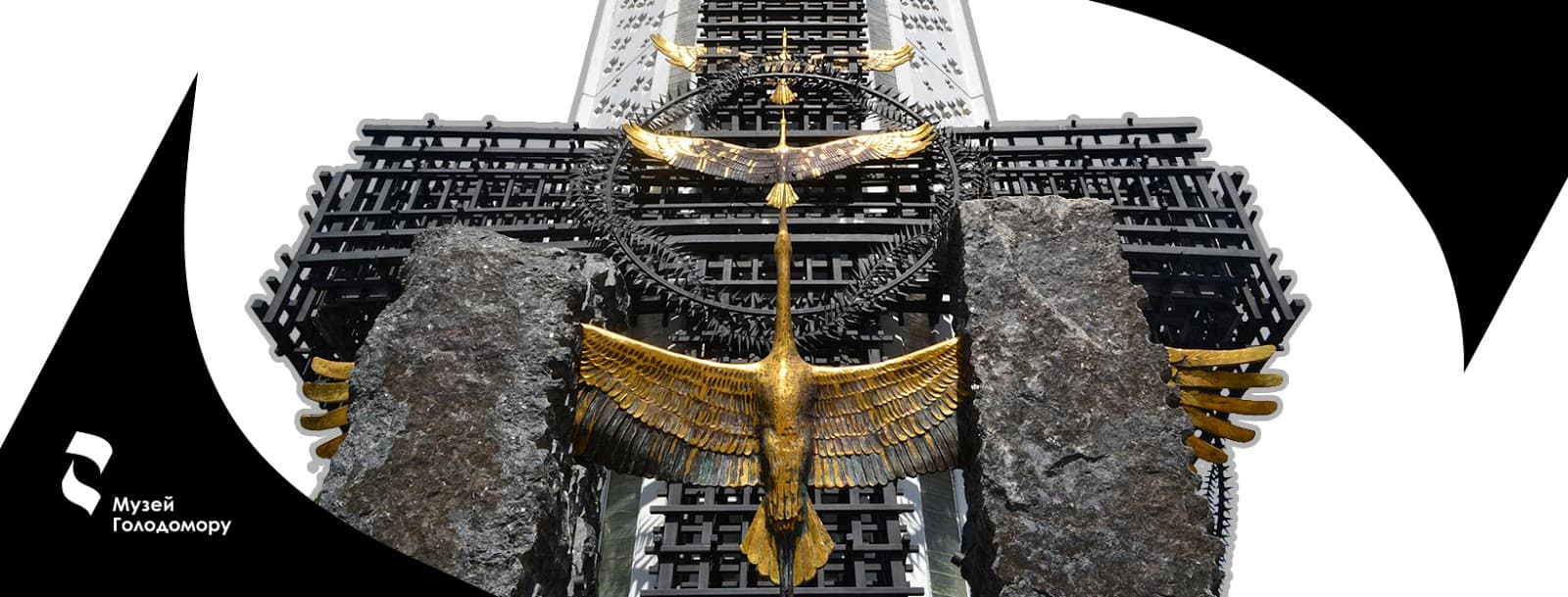
Holodomor Victims Memorial
A solemn memorial and museum dedicated to the millions of victims of the Holodomor, Ukraine's devastating man-made famine.
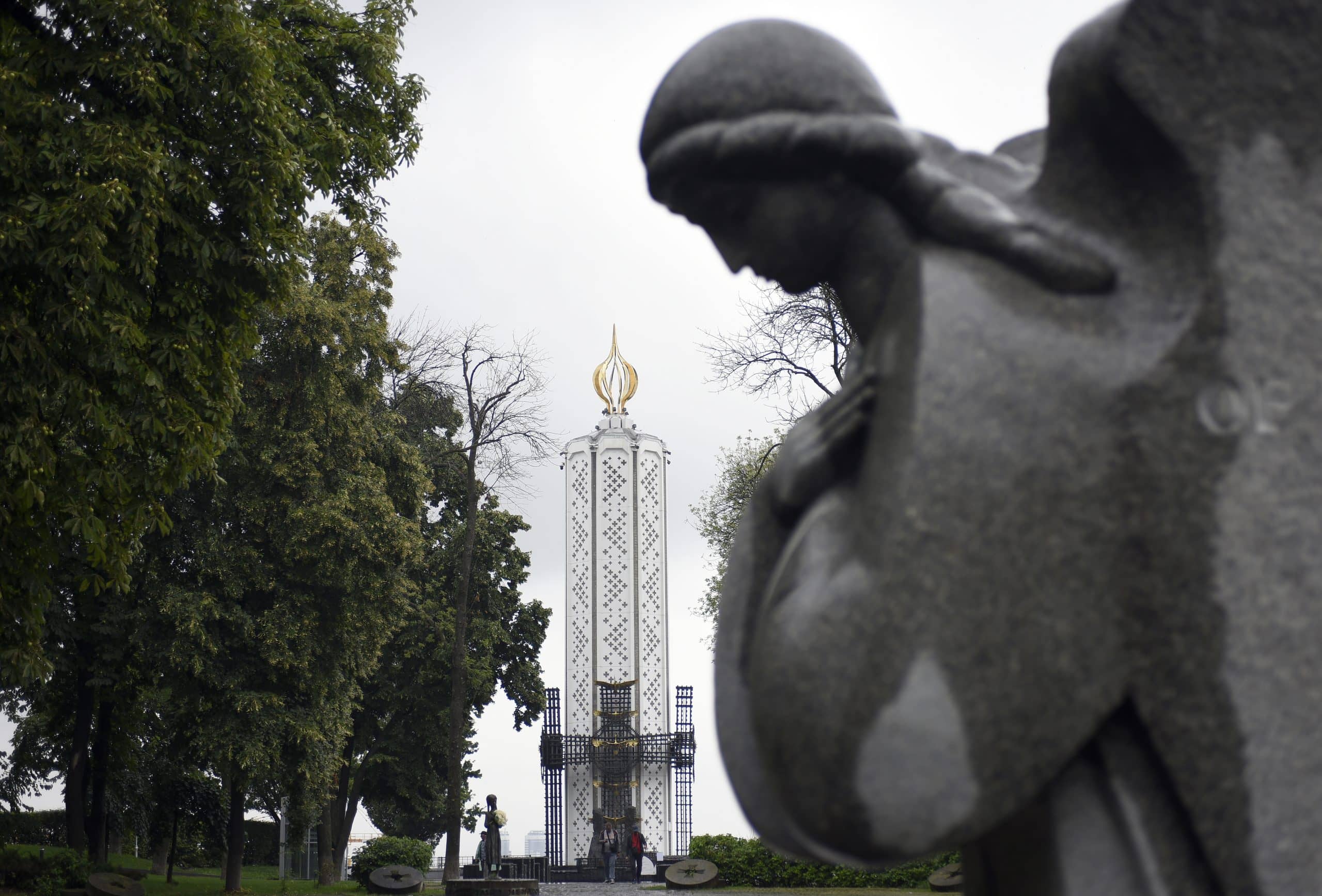
Highlights
Must-see attractions
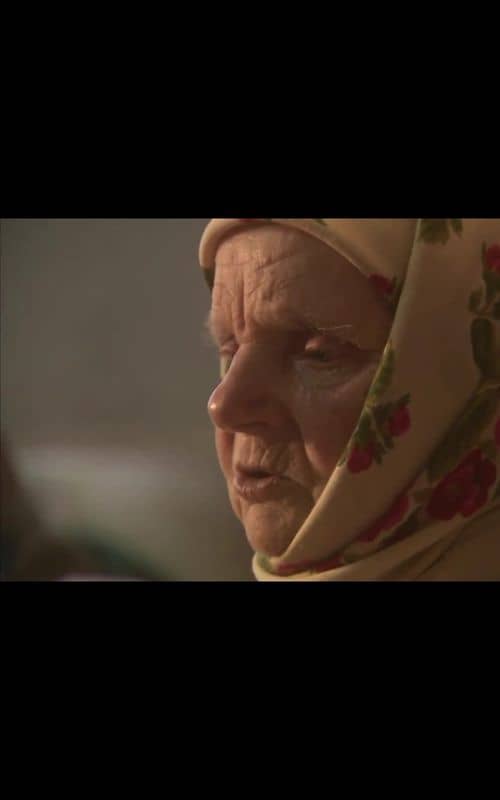
Social
From TikTok & Reddit
Best Time
Fewer crowds for reflection

Holodomor Victims Memorial
Best Time
Fewer crowds for reflection

Highlights
Must-see attractions
A solemn memorial and museum dedicated to the millions of victims of the Holodomor, Ukraine's devastating man-made famine.
"An important and deeply moving museum that offers crucial insight into Ukraine's tragic history."
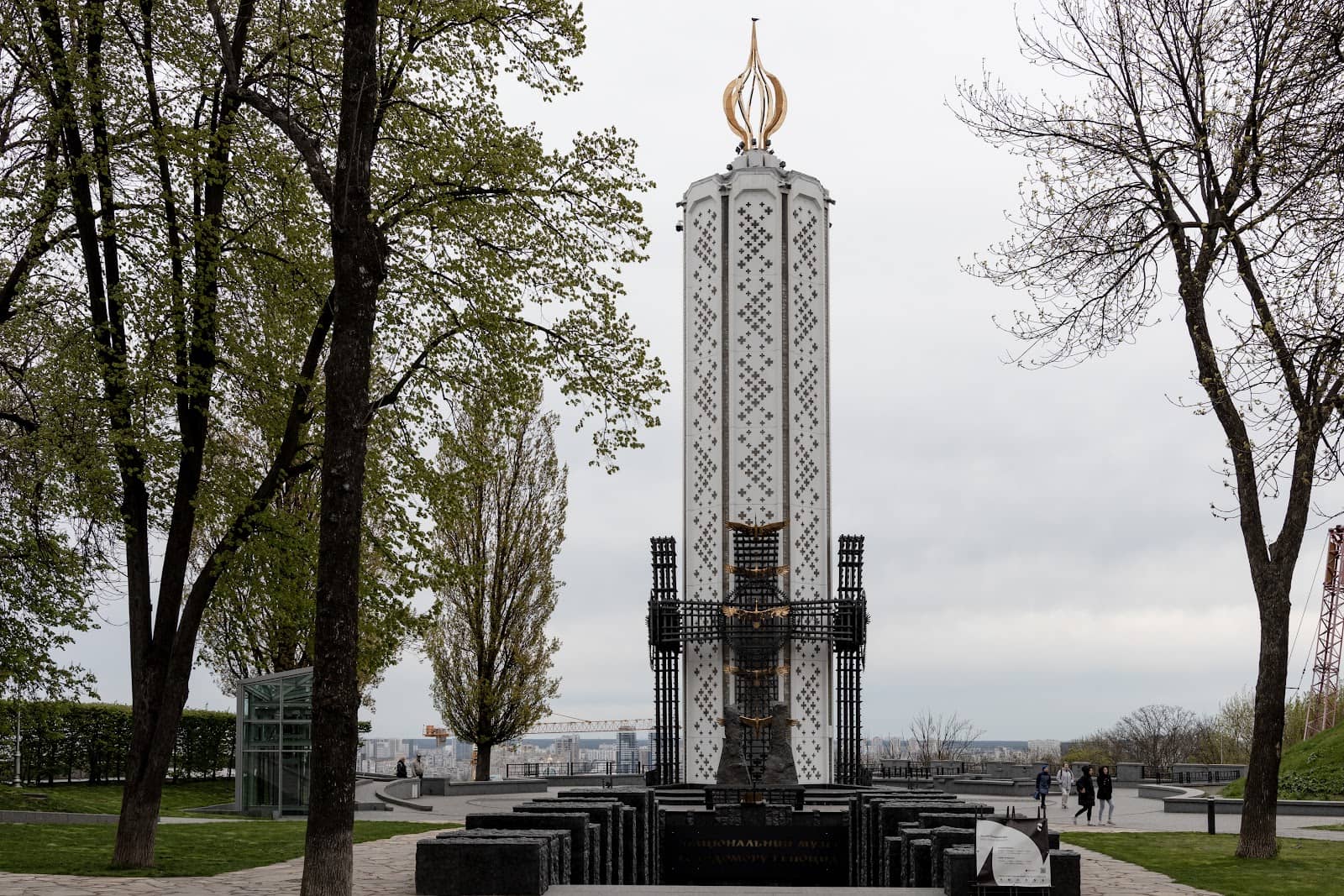
Allocate ample time
Give yourself enough time to absorb the exhibits and reflect on the history. :clock1:
Watch the English video
If you don't speak Ukrainian or Russian, the English video offers crucial context. :movie_camera:
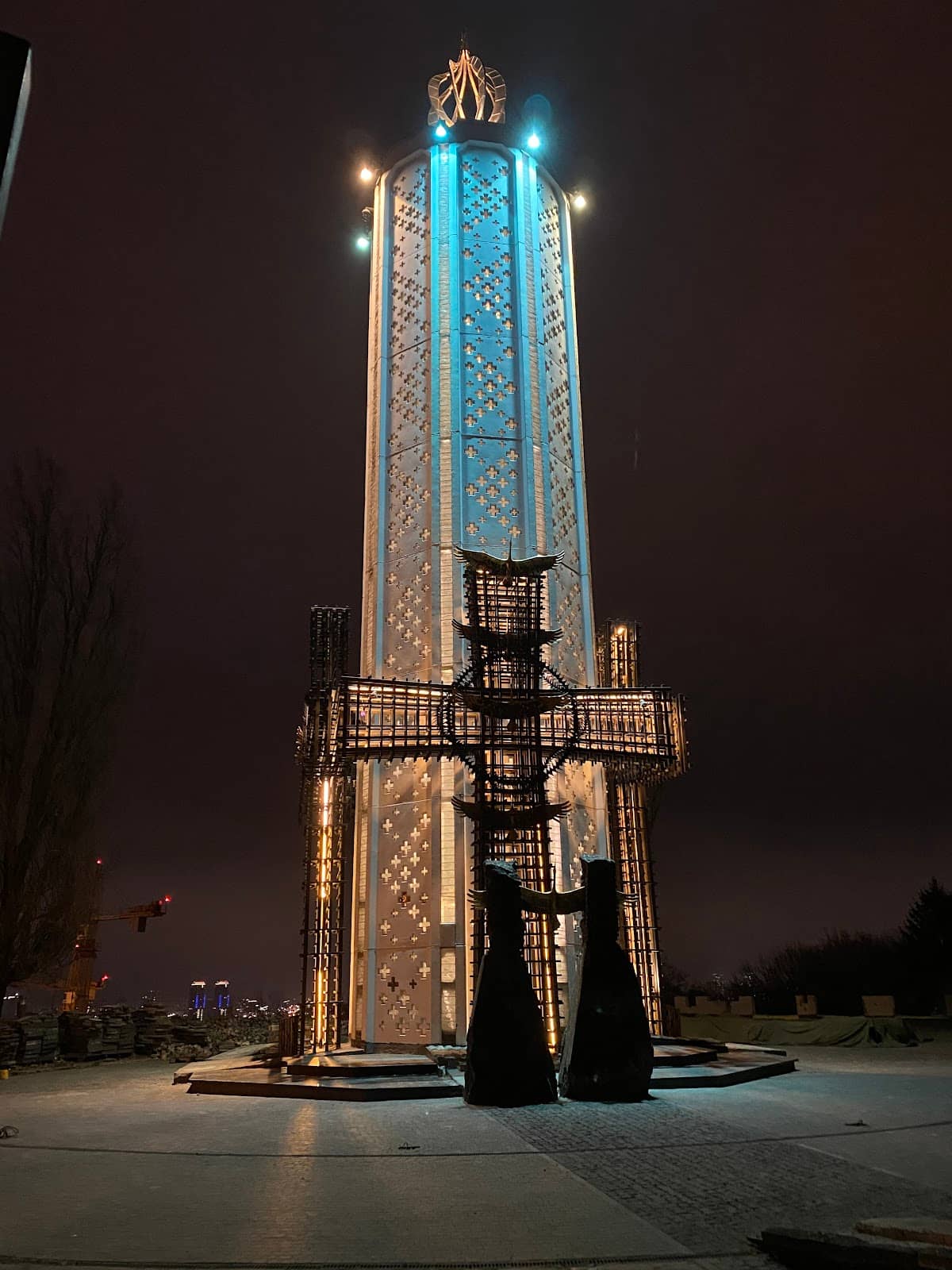
Highlights
Discover the most iconic attractions and experiences

The Memorial Sculpture
Outdoor monument
A poignant sculpture symbolizing the victims of the Holodomor, often surrounded by construction but still powerful.

The Museum Exhibits
Indoor museum
Discover primary documents, personal stories, and artistic displays detailing the man-made famine.
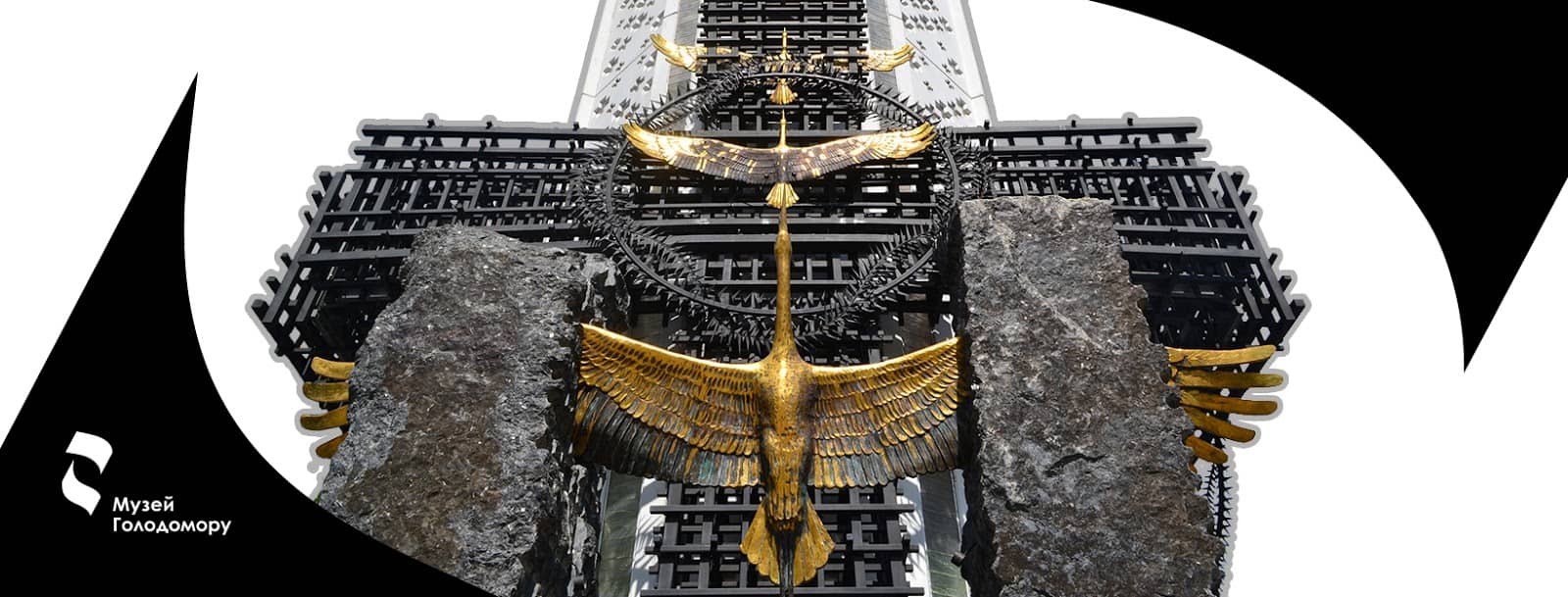
The 'Wall of Memory'
Inside the museum
A circular room featuring exhibits and primary documents that tell the story of the genocide.
Plans like a pro.
Thinks like you
Planning Your Visit
Understand the Significance
Prepare for an Emotional Visit
Best Times
Insider Tips
from TikTok, Instagram & Reddit
Allocate ample time
Give yourself enough time to absorb the exhibits and reflect on the history. :clock1:
Watch the English video
If you don't speak Ukrainian or Russian, the English video offers crucial context. :movie_camera:
Consider nearby sites
It's located near the Tomb of the Unknown Soldier. :world_map:
Respectful attire recommended
Dress modestly and respectfully for this solemn memorial site. :dress:
Tips
from all over the internet
Allocate ample time
Give yourself enough time to absorb the exhibits and reflect on the history. :clock1:
Watch the English video
If you don't speak Ukrainian or Russian, the English video offers crucial context. :movie_camera:
Consider nearby sites
It's located near the Tomb of the Unknown Soldier. :world_map:
Respectful attire recommended
Dress modestly and respectfully for this solemn memorial site. :dress:
Learn about the history
Understanding the Holodomor beforehand enhances the visit's impact. :books:
What Travellers Say
Reviews Summary
Visitors find the Holodomor Victims Memorial and Museum to be an impressive and essential site for understanding a tragic period of Ukrainian history. The exhibits are thoughtfully displayed, creating a powerful and somber atmosphere. While the content is emotionally impactful, it's highly recommended for its educational value.
"Monument and a museum dedicated in the memory of the Holodomor, a devastating famine which took place in the early 1930s in the former Ukrainian Soviet Socialist Republic and took lives of around 4-5 million people, as a deliberate act of genocide of Stalin and communist regime against the Ukrainian people."
Daniel Haman
"This museum it's very impressive. I would say - this how museum sold looks like. There are not much like this in Ukraine, so that's why I appreciate this one. You can find lot of valuable information but also it just create right atmosphere.
The only minutes, not very convenient way to get information in languages different from Ukrainian. Hope it will be better one day"
Yrjänä
"This is such an important museum, I'm so happy that it exists to commemorate those that died due to forced starvation under Joseph Stalin. My Baba survived the Holodomor, may they rest in peace."
Stephanie Bailey
What People Like
What People Dislike
Frequently Asked Questions
🚇 🗺️ Getting There
The memorial is located in Kyiv, Ukraine. Public transport options like buses and metro are available. Many visitors find it convenient to combine a visit with nearby landmarks like the Tomb of the Unknown Soldier. :bus: :metro:
Parking availability can be limited due to its central location and ongoing construction. It's often recommended to use public transportation or ride-sharing services. :car: :taxi:
Depending on your starting point, it may be a walkable distance. Check a map for the most direct route. :walking:
Some Kyiv city tours may include a stop at the memorial or the adjacent museum. It's worth checking with local tour operators. :tour_bus:
From Boryspil International Airport (KBP), you can take a taxi or arrange for a private transfer directly to the memorial. Public transport options involve multiple transfers. :airplane: :taxi:
🎫 🎫 Tickets & Entry
The museum is typically open from Thursday to Tuesday, 10:00 AM to 6:00 PM. It's advisable to check their official website for the most current hours, especially around holidays. :calendar:
Admission fees vary. Full price is around 30 UAH, with concessions for students, seniors, and participants of the war. Some categories, like people with disabilities and children, may have free entry. :moneybag:
Booking in advance is generally not required, but it's always a good idea to check the museum's official website for any specific recommendations or group booking procedures. :ticket:
The outdoor memorial monument is generally accessible at all times, though the museum has specific operating hours. :lock:
The museum offers free entry on certain days, such as the first Sunday of the month, and specific times like from 2:00 PM onwards on certain days. Check their schedule for details. :gift:
🎫 🤔 Onsite Experience
The museum features exhibits with primary documents, personal testimonies, and artistic displays that detail the history and impact of the Holodomor. There's also a video presentation available in English. :scroll: :camerawithflash:
While many exhibits are in Ukrainian and Russian, the museum offers an English video that provides essential context. Some staff may be able to assist with translations. :speech_balloon:
A visit can take anywhere from 1 to 2 hours, depending on how much time you spend reflecting on the exhibits and watching the video. :stopwatch:
The subject matter is sensitive and deals with genocide. It's recommended for older children and teenagers who can understand and process the historical context. Parental discretion is advised. :child:
The museum focuses on historical documentation and artistic representation rather than interactive exhibits. The experience is designed to be reflective and educational. :bulb:
📸 📸 Photography
Photography policies can vary. It's best to check for signage or ask museum staff. Generally, photography for personal use might be allowed in some areas, but flash photography is often prohibited. :camerawithflash:
The outdoor sculpture is a key photographic subject. Capturing the scale and emotion of the monument is impactful. :camera:
Filming for commercial purposes or news reporting may require special permits. For personal vlogs or social media, it's advisable to be discreet and respectful. :film_projector:
Early morning or late afternoon can offer softer light for photography. However, the solemn nature of the site is paramount, so focus on respectful documentation. :sunrise: :city_sunset:
It's crucial to respect the museum's rules regarding photography of exhibits. Some items may be sensitive or protected. Always look for 'no photography' signs. :noentrysign:
For Different Travelers
Tailored advice for your travel style
👨👩👧 Families with Kids
If visiting with older children, consider preparing them beforehand by explaining the basic history of the Holodomor in age-appropriate terms. Focus on the resilience of the Ukrainian people and the importance of remembering such events to prevent future atrocities. :family_amp:
🤔 History Enthusiasts
Pay close attention to the exhibits detailing the Soviet policies that led to the famine, such as forced collectivization and grain confiscation. The museum also sheds light on the role of international media and the challenges of documenting and reporting on the atrocities at the time. Understanding the Holodomor is crucial for grasping the broader context of Soviet history and the struggle for Ukrainian independence. :scroll: :mortar_board:
🇺🇦 Ukrainian Heritage Seekers
The museum serves as a vital repository of national memory, preserving the stories of those who endured and survived. It's an opportunity to understand the resilience and strength of the Ukrainian spirit in the face of immense adversity. The memorial is a testament to Ukraine's enduring fight for identity and sovereignty. :heart: :ukraine:
Deep Dives
In-depth insights and expert knowledge
Understanding the Holodomor
This tragic event aimed to suppress Ukrainian nationalism and resistance to Soviet rule. The scale of the tragedy is immense, with estimates of deaths ranging from 3 to 7 million people, and some higher. The memory of the Holodomor remains a deeply significant part of Ukrainian national identity and history, influencing its relationship with Russia.
Visiting the Holodomor Victims Memorial and Museum provides a crucial opportunity to learn about this devastating period. The museum's exhibits aim to preserve the memory of the victims and educate visitors about the historical context and the enduring impact of this genocide.
The Memorial and Museum Experience
Adjacent to the memorial is the Holodomor Museum, which offers a more in-depth exploration of the famine. Visitors can expect to find a circular room with exhibits featuring primary documents, personal accounts, and artistic displays. A key feature is a video presentation that explains the famine and the role of international journalists, including those who covered it up and those who exposed it. The museum's atmosphere is designed to be reflective and educational, creating a somber yet impactful experience.
While the museum's primary language is Ukrainian, efforts are made to accommodate international visitors. An English video is available, and some staff can assist with basic translations. The experience is often described as deeply moving and essential for understanding Ukraine's history.

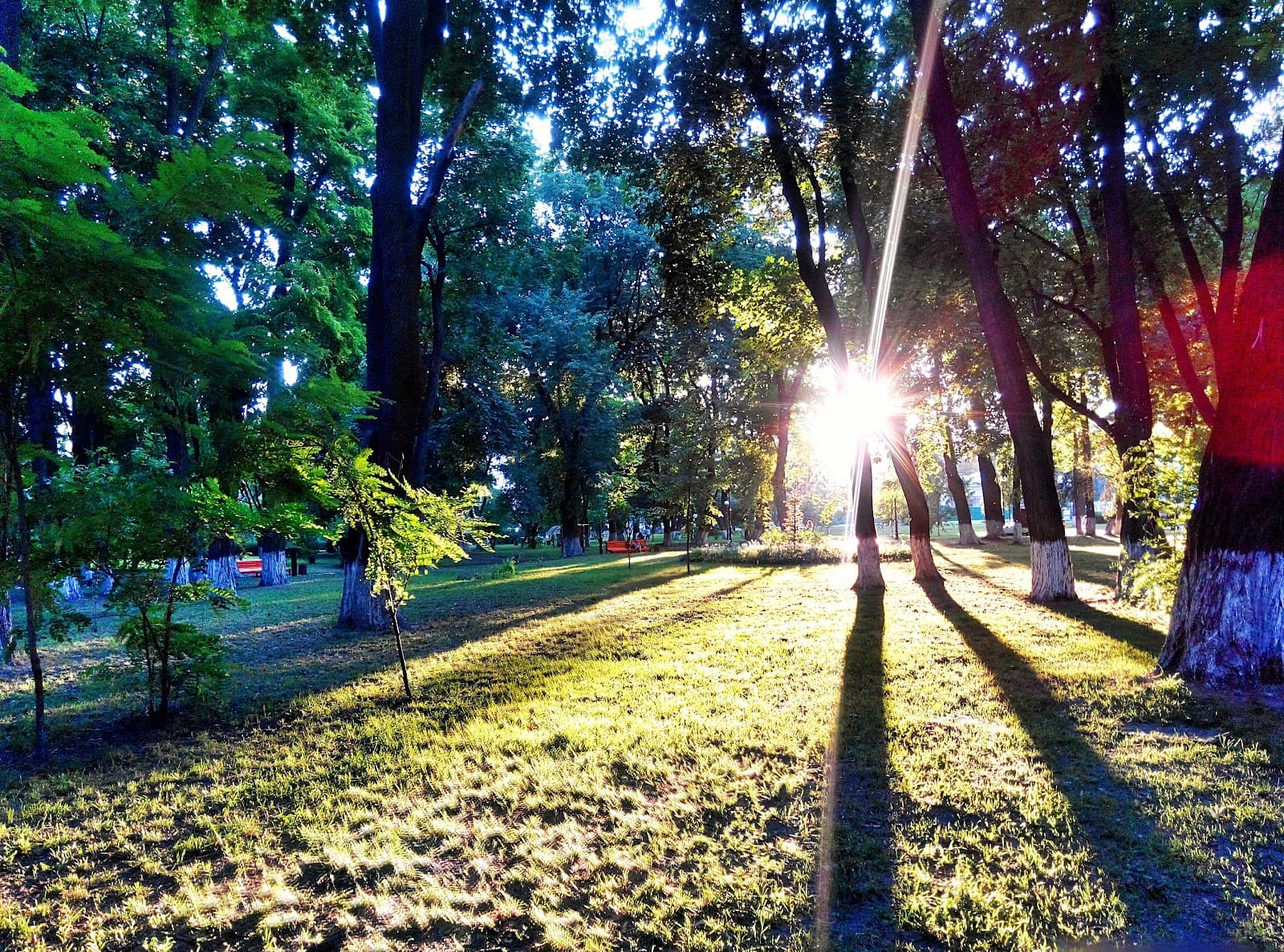
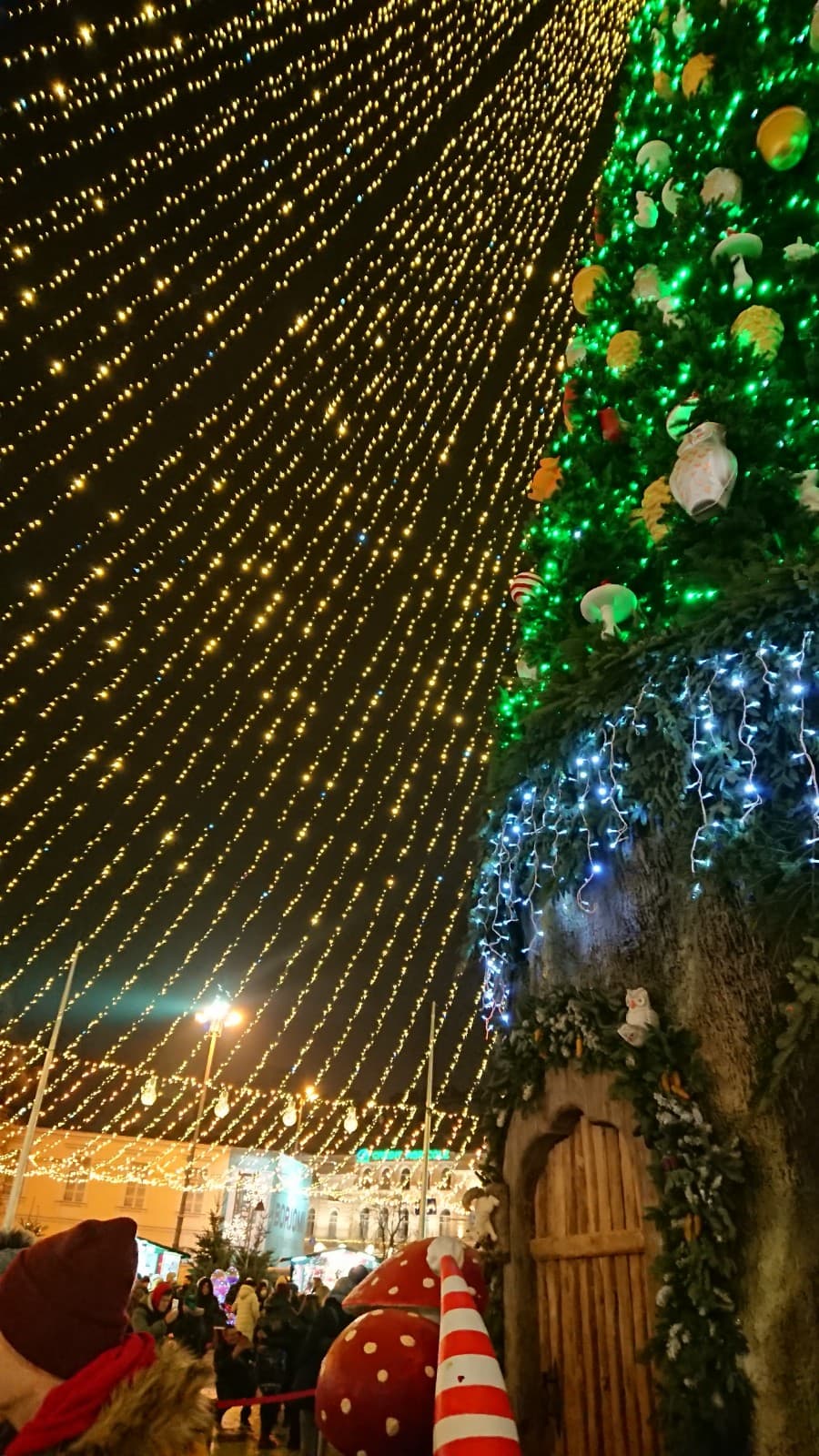
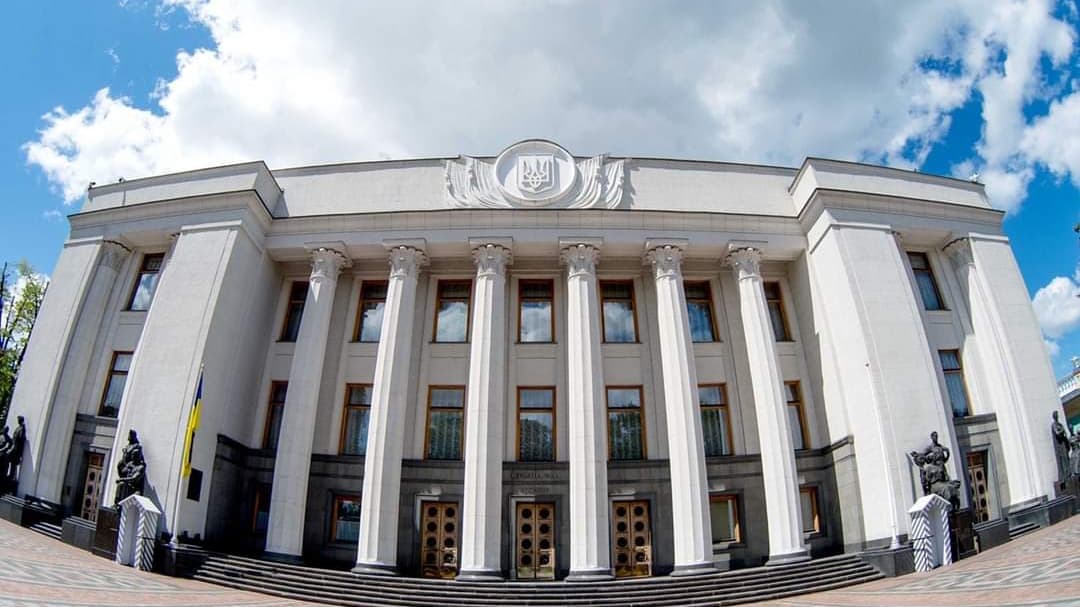

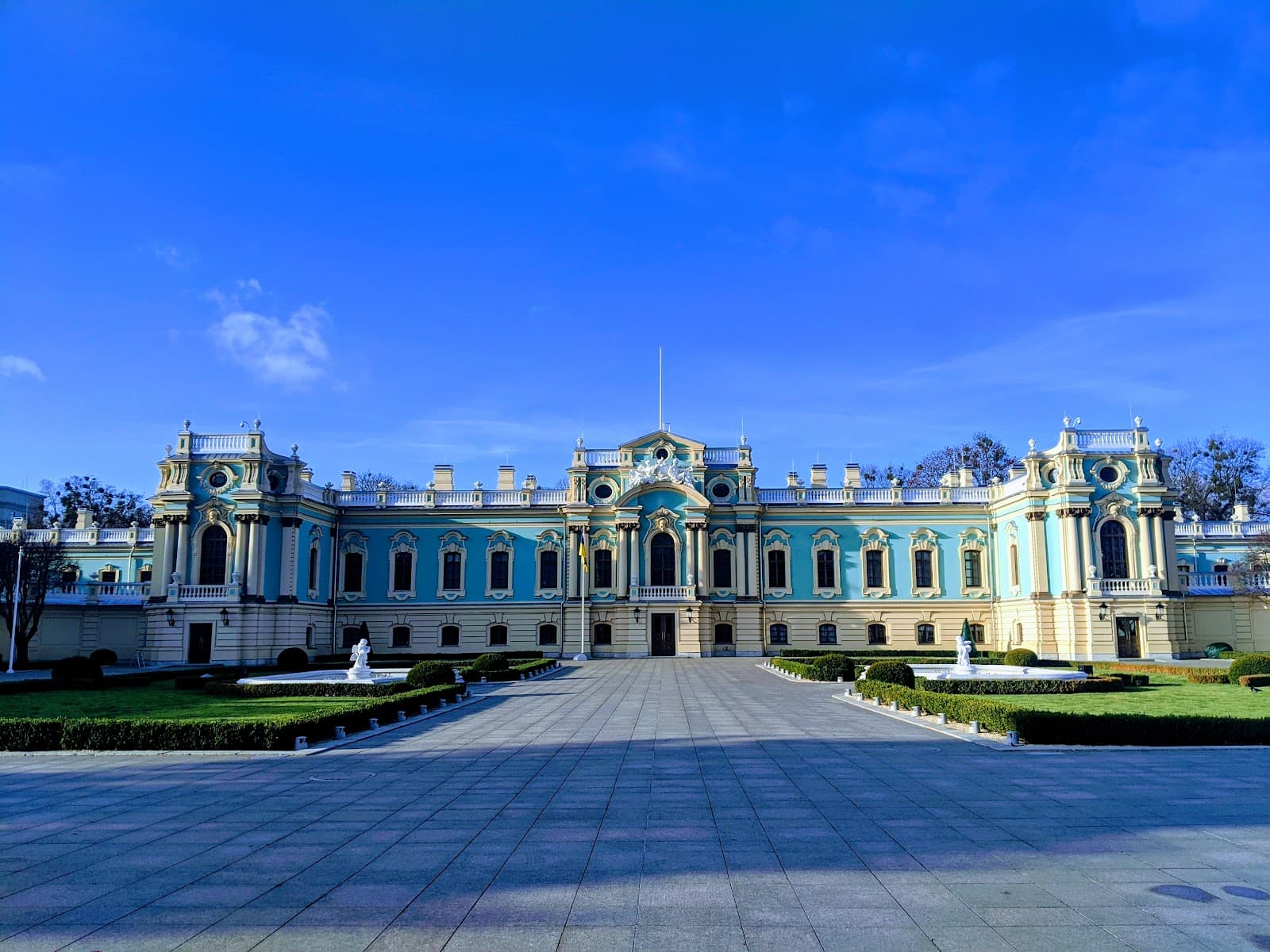
Social
from TikTok, Instagram & Reddit